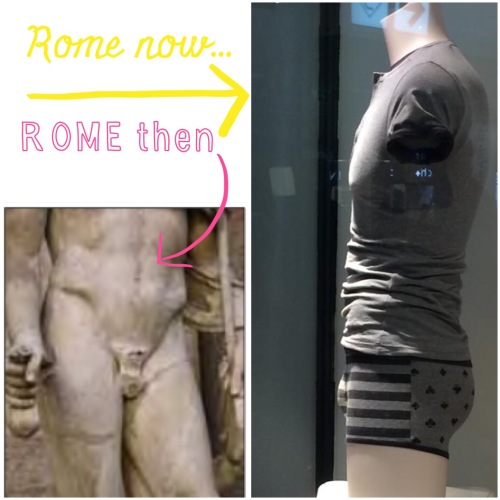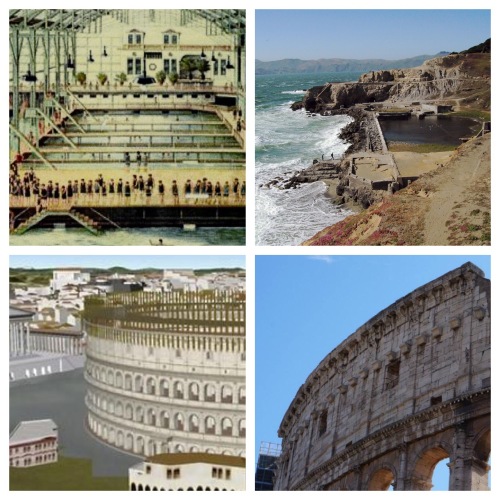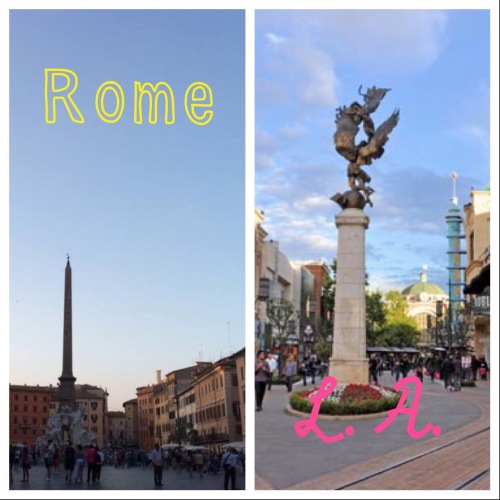After the previous post’s more philosophical ruminations on Rome, I’m going to bring it down a bit.
Let’s talk about penises!
See, in Rome, there are penises everywhere.
But a lot of them are missing.
On statues I mean.
It’s possible that they might be missing on the living people too, but I suspect that’s not the case. Otherwise the men would have been looking a lot more distressed than they did, and they seemed no more unhappy than the men in other cities I’ve visited.
Anyway, I found it strange that in a country that proudly owns and displays countless, beautiful, priceless works of sculpture showcasing the human form, that almost every single male one seemed…inadequate.
Turns out, the missing penii has a lot to do with a bout of religious prudery by Pope Pius IX during the turn of the 19th century. So, during that time, many priceless works of art were essentially vandalized, as the “offending” bits were covered with plaster fig leaves or lopped off. A mass-tracation, as it were.
However, I prefer to imagine that throughout the ages of the civilized Western world, there was a penis thief. A criminal with a penchant for geological genitalia, who stole sculptural dongs from ancient masters and Renaissance greats such as Michelangelo and Bernini, criminally adding to his collection through the centuries.
This collection, an awkward, yet undoubtedly priceless collection of dildos, passed on, generation to occasionally dismayed generation.
“Son, I have something important to show you. It’s our family legacy.”
[A father takes his son to the vault where each penis, some made of marble, others of granite, most flaccid, are stored and labeled.” Zeus” says one. “St. John” says another.]
“You seem very quiet, son.”
While no one went around replacing the missing appendages, it seems Rome has since gotten over its discomfort with at least hinting that “there’s something there”, if this mannequin at the airport is any indication.
He has no head, no arms, or legs…but hey, at least he’s carrying heat!



